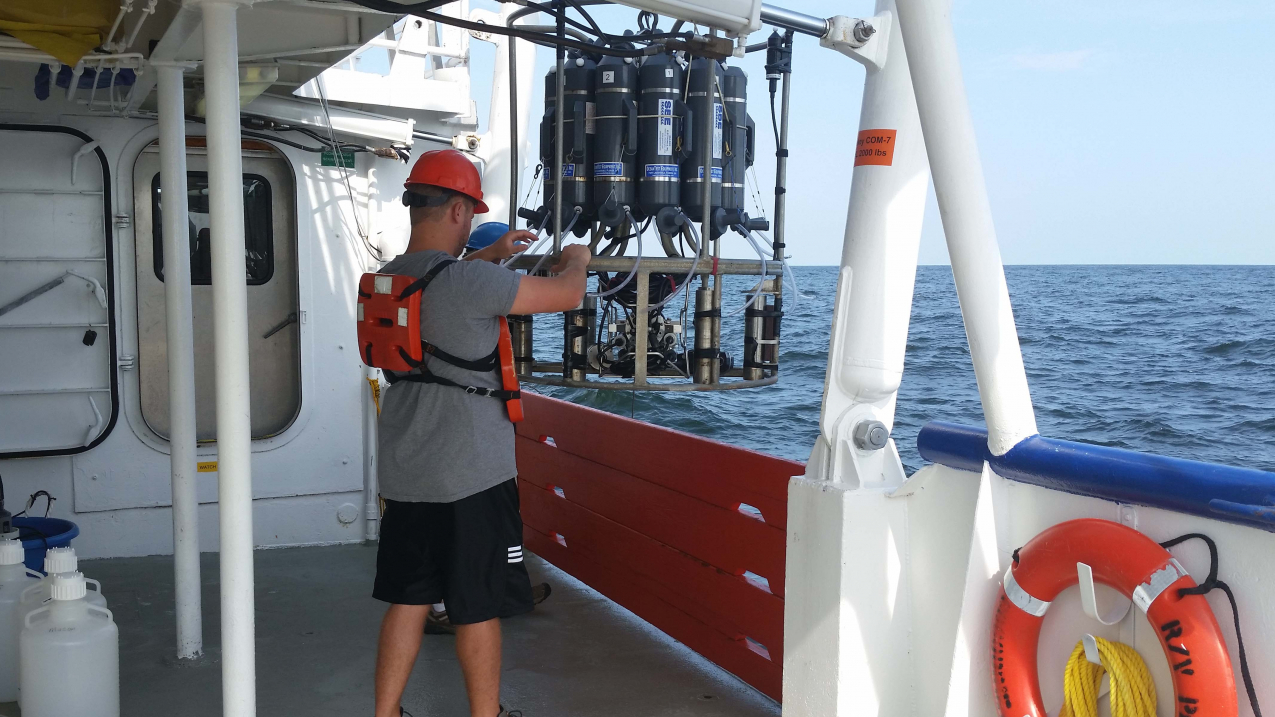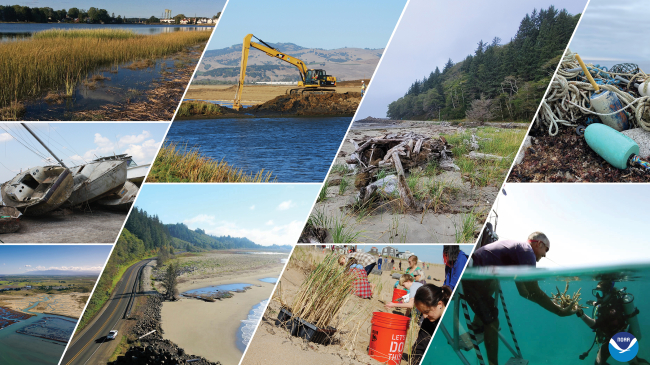Scientists had predicted average zone for 2016
NOAA and its partners have cancelled the official measurement survey cruise of the annual dead zone that forms off the coast of Louisiana and Texas. NOAA,which oversees the official annual measurement of the hypoxic zone in the Gulf of Mexico cited mechanical problems with the NOAA Ship Nancy Foster, which was scheduled to host the measurement cruise.

Scientists from Louisiana Universities Marine Consortium deploy a water sensor called a CTD sonde rosette to collect water samples to test for oxygen levels during the 2015 R/V Pelican's shelf wide hypoxia cruise. (Image credit: LUMCON)



